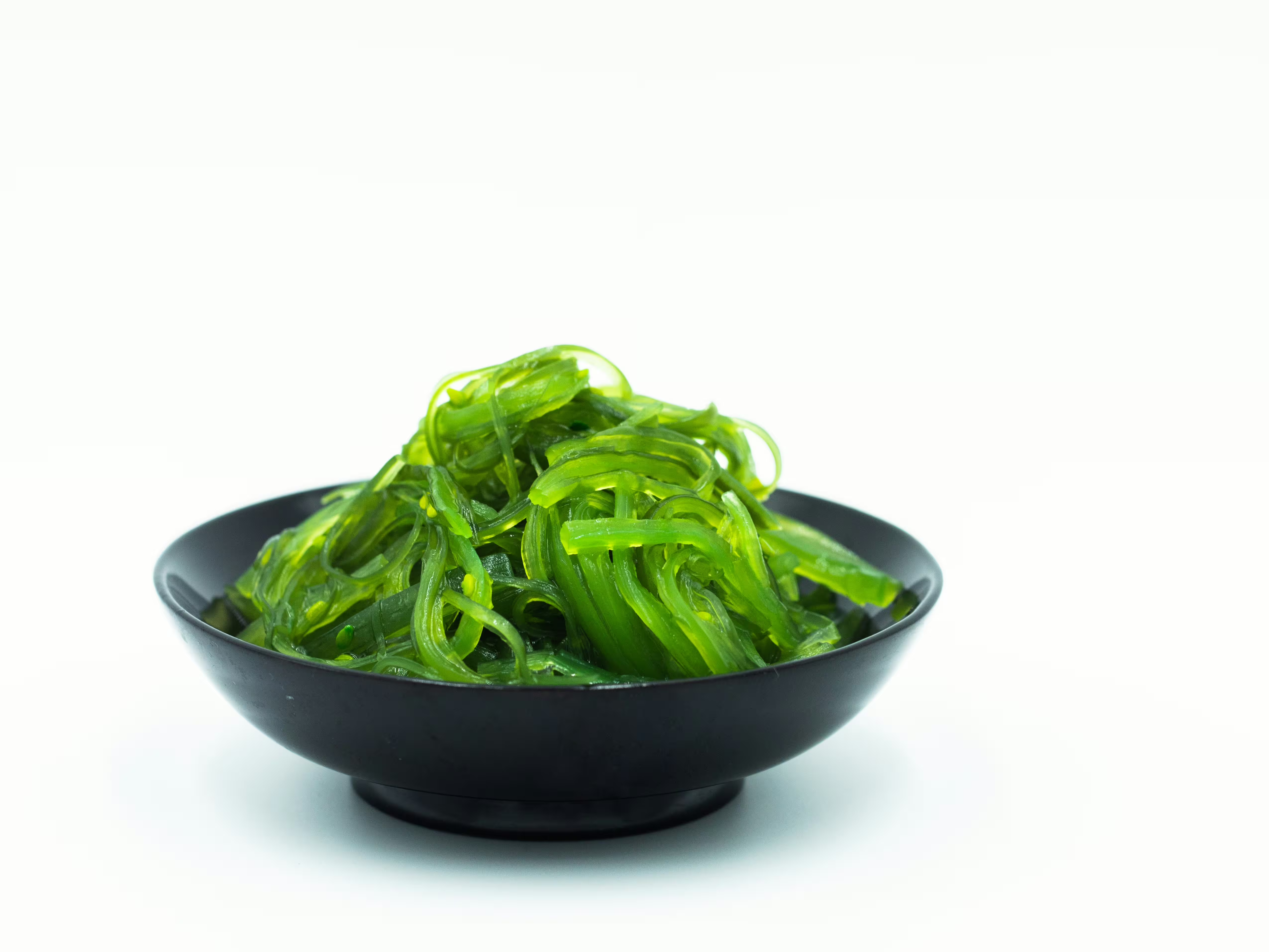Japanese algae is a current kitchen ingredient in Japan and other Asian countries. There are many species of algae used in cooking in Japan, each with its own characteristics of taste and texture. The most commonly used algae in Japan are Wakamé algae, Kombu algae and Nori alga. Wakamé alga has a soft and subtle flavor and is often used in soups and salads. Kombu algae has a stronger flavor and is often used to flavor noodle dishes and soups. The nori alga, which is dried and toasted, is used to wrap the sushi and onigiris (rice dumplings). In addition to adding a unique flavor and texture to the dishes, Japanese algae are also very nutritious. They are rich in vitamins and minerals, in particular iodine, iron and calcium, and are a source of vegetable proteins and dietary fibers.
